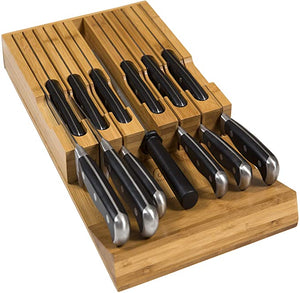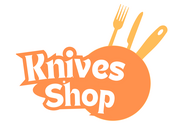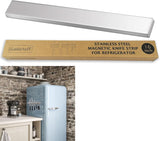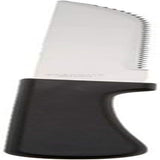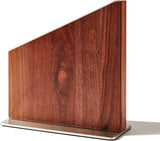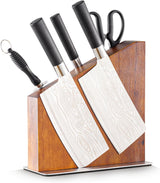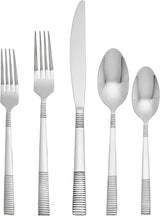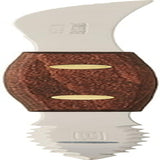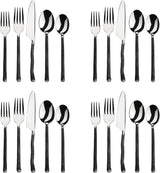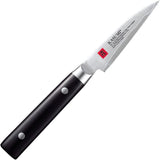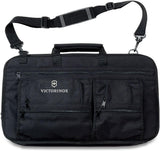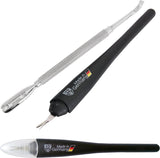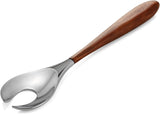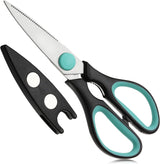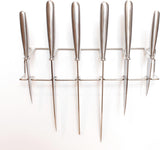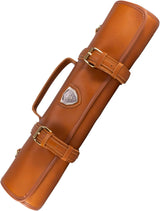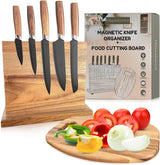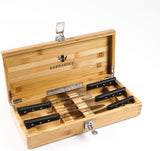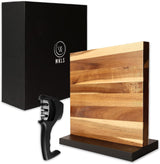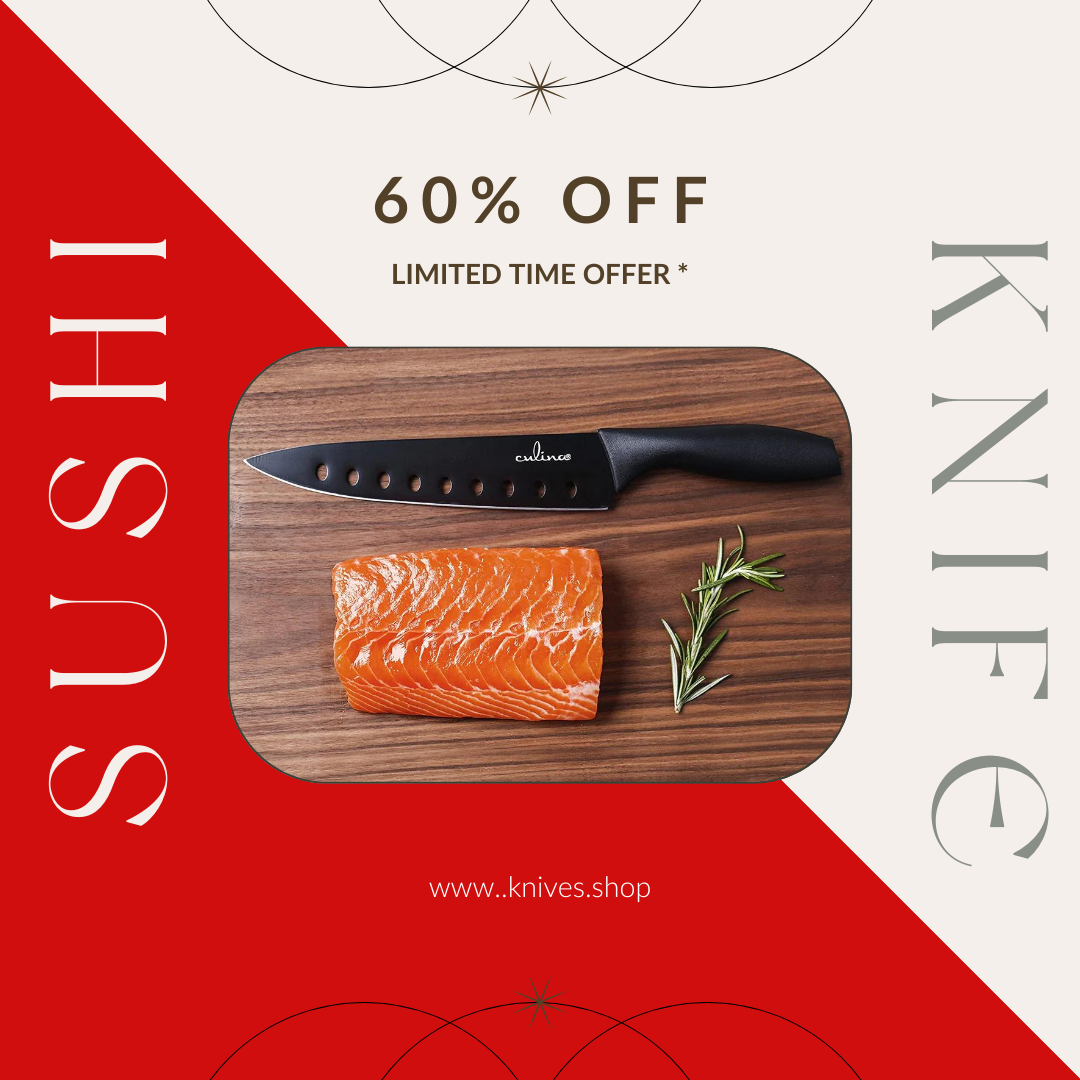Cutlery is critical to the running of any professional kitchen, therefore knowing how to hold and use a knife correctly is crucial. Knife training can help keep your kitchen running efficiently while reducing the danger of personal injury. Keep reading for some helpful knife safety guidelines if you're just starting out or need to brush up on your knife skills.
What are the 9 safety rules of Knife Safety?
Use a sharp knife
When cutting with a dull knife, you must use more force. As a result, the knife is likely to slip, perhaps causing harm. One of the simplest methods to keep your knives safe is to keep them sharpened. To keep the blade's original precision, simply use a sharpening stone or knife sharpener. Use sharpening steel if your knife only needs a quick touch-up in between complete sharpenings.

Most knife blades have a 15-degree angle on each side of the cutting edge to balance sharpness and longevity. If you work with a lot of soft substances, you should sharpen your knife to a 15-degree angle on each side.
However, a knife with a 15 ° angle requires more regular sharpening and may reduce your knife's overall endurance. Keep your blade at 20 degrees on either side if several of your ingredients have a tougher texture, or use a wider-angle blade when necessary.
Chekout this blog for more details on Sharpening your knives !
Select the Appropriate Knife for the Job
One of the most important knife safety tips for food service personnel to learn is how to choose the right knife for the job. Due to the large variety of styles, shapes, and sizes of industrial cutlery, selecting this decision might be difficult.
How to Pick the Best Knife?
Here are some factors to think about while selecting a knife:
Blade Length: Choose a knife with a blade that is proportional to the food you'll be cutting. A little paring knife, for example, will be ineffective for butchering a huge chunk of meat; instead, use a cleaver.
Flexibility: Some jobs necessitate a flexible blade, while others necessitate a solid blade. Consider the knife you'd use to remove a fish's scales versus the knife you'd use to cut potatoes.
Blade edge: The edge of the blade has the ability to make or break your job. Serrated knives, for example, are ideal for cutting through foods with sensitive centers, whereas Granton blades are ideal for cutting through wet items like cheese and salmon.
Do not use your knife for anything else than cutting food. Using your knife for additional purposes could jeopardize your safety as well as harm your knife.
Knives should be kept clean at all times
It's critical to clean your knife as soon as you're done using it to avoid contamination. Leaving your knife on your chopping board or in a sink full of soapy water clogs up your kitchen and invites contamination and damage.
It's also easier to wield a clean knife. Because food residue can make your knife slippery, keep it clean for the best grip.
Cleaning Techniques for Knives
Make sure you're washing your knife properly to keep it hygienic and retain its durability. When cleaning your blades, keep the following in mind:
Is your knife safe to put in the dishwasher? While washing your knife in the dishwasher is a practical way to ensure that it is fully clean, some knives may not be dishwasher safe in order to maintain their perfect edge.
Is there any place on your knife where bacteria could collect? Because some knives' handles or blade designs are prone to collecting food particles, examining your blades before and after washing can help prevent food buildup.
Store knives in a safe place
Knife storage that is designated keeps your kitchen orderly and encourages safe knife use. Knives must be kept out of the way of your work area while not in use. Putting your knife in a drawer is dangerous to both your workers and your knife. Knife blocks and rolls, for example, prevent mistakes and extend the life of your knives.

Understand the Correct Cutting Techniques
Knife safety begins with understanding how to cut properly with your knife. Knife mishandling can result in harm as well as damage to your kitchen tools. Not to add, holding your knife wrongly slows you down and lowers the quality of your work.
Chopping Techniques:
When cutting food, always utilize a cutting board. This will help you to cut consistently while also protecting your work surface.

When cutting, keep track of your hand placements. The hand that is holding the knife should be firmly gripping the handle.
For extra control and secure grip place the sides of the blade near the handle with your pointer finger and thumb, as illustrated below.
Keep your other hand clear of the blade's path. While holding the tomato, notice how this chef curls his fingers away from the knife.
In one fluid motion, bring your blade down and through your component. This will aid in maintaining control and result in a cleaner cut.
Scraping Ingredients with a Sharp Edge
Knives are designed to cut rather than scrape. Because the entire blade is behind it, a knife's sharp edge can withstand vertical pressure, but scraping that edge along your board can bend that sharp edge out of alignment, making it much more difficult to properly sharpen – which brings us back to the dangers of prepping ingredients with a dull knife or a wrong knife.

Using a Cutting Surface Made of Glass, Ceramic, or Stone
Ceramic, glass, and stone boards make lovely presentation platters, but they're not suitable for cutting. All of these surfaces are overly abrasive and will dull your knives. Furthermore, the firm ground makes it difficult to maintain your knife in one spot while cutting, increasing the risk of an accident.

Choose a cutting board made of wood or plastic for your knives, and keep one for raw meats and another for veggies to avoid cross-contamination.
Sharp Knives Stored Carelessly in a Drawer
Every kitchen has a drawer for those clumsy, big tools that don't fit anywhere else. Resist the urge to keep your knives there! You risk injuring yourself as well as the blades of your potato masher and balloon whisk when you reach into the drawer and come face to face with the blade of a knife instead of the handle.
Make sure you're storing your knives appropriately in the kitchen for basic safety. Knife blocks, which are frequently included with kitchen knife sets, can be used.
Never pick up a falling knife
The simplest approach to avoid having to worry about this regulation is to keep your knife totally on your work surface, with no handle protruding into traffic areas. However, you or someone else will undoubtedly bump a knife handle from time to time, resulting in a falling knife. We all have a natural instinct to catch anything that falls to the ground. This is something you must overcome. Remember: a falling knife has no handle. Just get your hands and feet out of the way.
How to Treat Knife Cuts
The worst and finest places to acquire a cut are both in the kitchen. Worse, undercooked food is almost always contaminated with microorganisms. Because soap and water are close by, it's ideal. Infection is your worst enemy if you cut yourself while preparing meals. Fortunately, all you need to clean a wound is soap and water, even if it's infected.
Is it a true emergency?
The length, depth, and location of the cut determine whether it is an emergency or not. The good news is that finger cuts seldom result in death.
The most serious worry with finger wounds is that you may lose finger function or perhaps the entire finger. More severe cuts or amputated fingers, on the other hand, have the potential to be fatal. Because a deep gash across the palm or the amputation of numerous fingers could result in a large amount of blood loss. 1
If the bleeding is significant (not merely leaking) or blood is squirting, halt the bleeding immediately and call 911. Also, contact 911 if you've cut off any portion of a finger. Both of these situations are true emergencies.
If the situation is not an emergency
If blood is oozing from the cut, take the following steps:
Use soap and water to clean the wound: There are numerous disinfectant products available, but nothing beats plain old soap and warm water. Make sure to clean the wound while it's still bleeding! Cleaning the site after it has stopped bleeding will wash away the scab and cause the bleeding to resume.
Let the blood ooze out from the wound: As long as the blood isn't pouring out like a water hose, you should squeeze out a little extra. A little bleeding actually aids in the removal of bacteria that can cause infection. The blood should then be squeezed out while running water is running over the sink.
Control the bleeding: Apply pressure to the cut with a gauze bandage, towel, or damp cloth material until the bleeding stops. Elevating the finger will also help.

Call 911 if the person is dizzy or weak: It's better to be safe than sorry, but the situation is unlikely to be life-threatening. Some people pass out when they are in pain or see blood. And they feel weak or dizzy before passing out. Before they fall, have them lie down.
We hope you'll use the information we've provided to educate yourself on knife safety and proper knife maintenance. We want all our readers to know how to avoid injuries, how to use knives safely, and how to sharpen and maintain their knives.
